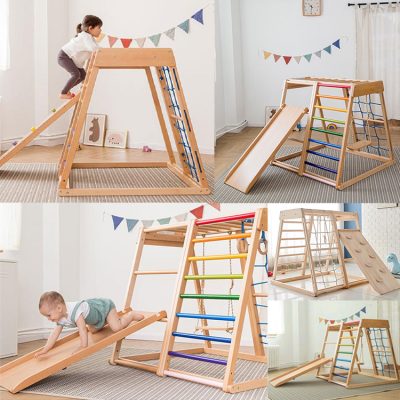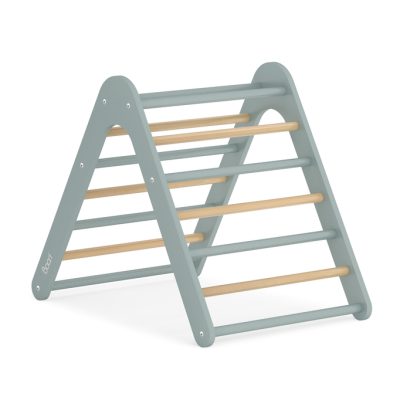Doll making is an art form that can incorporate a wide variety of unique and unusual materials to create one-of-a-kind dolls with distinctive textures, appearances, and characteristics. While traditional dolls are often made from materials like porcelain, plastic, or cloth, many doll artists and creators push the boundaries of doll making by using unconventional materials. Here are some unique materials that have been used in doll making:
- Polymer Clay: Polymer clay is a popular choice among doll artists for its versatility and ability to hold fine details. Artists sculpt dolls entirely from polymer clay, allowing for intricate facial expressions, poses, and accessories.
- Paperclay: Paperclay is a type of clay made from paper fibers and adhesive. It is lightweight, dries to a hard and durable finish, and can be sculpted and painted. Paperclay is often used in art doll making.
- Wood: Wooden dolls, often called “peg dolls” or “Bendy dolls,” are made from carved or turned wood. These dolls are posable and can be used for imaginative play or as decorative items.
- Found Objects: Doll artists often incorporate found objects into their creations. These can include vintage buttons, old keys, clock parts, and other interesting items that add character and uniqueness to the doll.
- Natural Materials: Some artists use natural materials like twigs, leaves, and bark to create dolls with an earthy and rustic feel. These dolls often have a connection to nature and the environment.
- Glass: Glass can be used to create intricate and delicate dolls, particularly for decorative purposes. Glass dolls can have stunning transparency and vivid colors.
- Fabric Scraps: In textile art, doll makers sometimes use fabric scraps, including vintage textiles and lace, to create dolls with unique clothing and textures. These dolls can have a nostalgic and vintage appeal.
- Wire and Mesh: Dolls made from wire armatures covered with various materials, such as mesh, fabric, or clay, can have a skeletal or ethereal appearance. These materials allow for dynamic and posable dolls.
- Plastic and Vinyl Records: Some artists repurpose old vinyl records to create sculptural dolls. The vinyl material can be heated and reshaped into various forms.
- Porcelain and Ceramic: While not entirely unique, porcelain and ceramic dolls have been used to create exquisite and delicate dolls for centuries. Artists often hand-paint these dolls with intricate details.
- Recycled Materials: Doll makers with an eco-conscious approach use recycled materials like bottle caps, plastic bottles, and old clothing to create dolls. These “upcycled” dolls promote environmental sustainability.
- Wool and Fiber: Needle-felted dolls are crafted from wool and other natural fibers. The wool is manipulated with special needles to create three-dimensional forms and details.
- Concrete: Some artists experiment with concrete to create sculptural dolls with a modern and industrial aesthetic. These dolls can have a solid, heavy feel.
- Mixed Media: Many contemporary doll artists combine multiple materials, including some of the above, to create mixed-media dolls that blend different textures and visual elements.
The use of unique materials in doll making allows artists to push the boundaries of creativity and expression, resulting in dolls that are both visually captivating and conceptually rich. These diverse materials help create dolls that range from the traditional to the avant-garde, appealing to a wide range of tastes and artistic sensibilities.

















